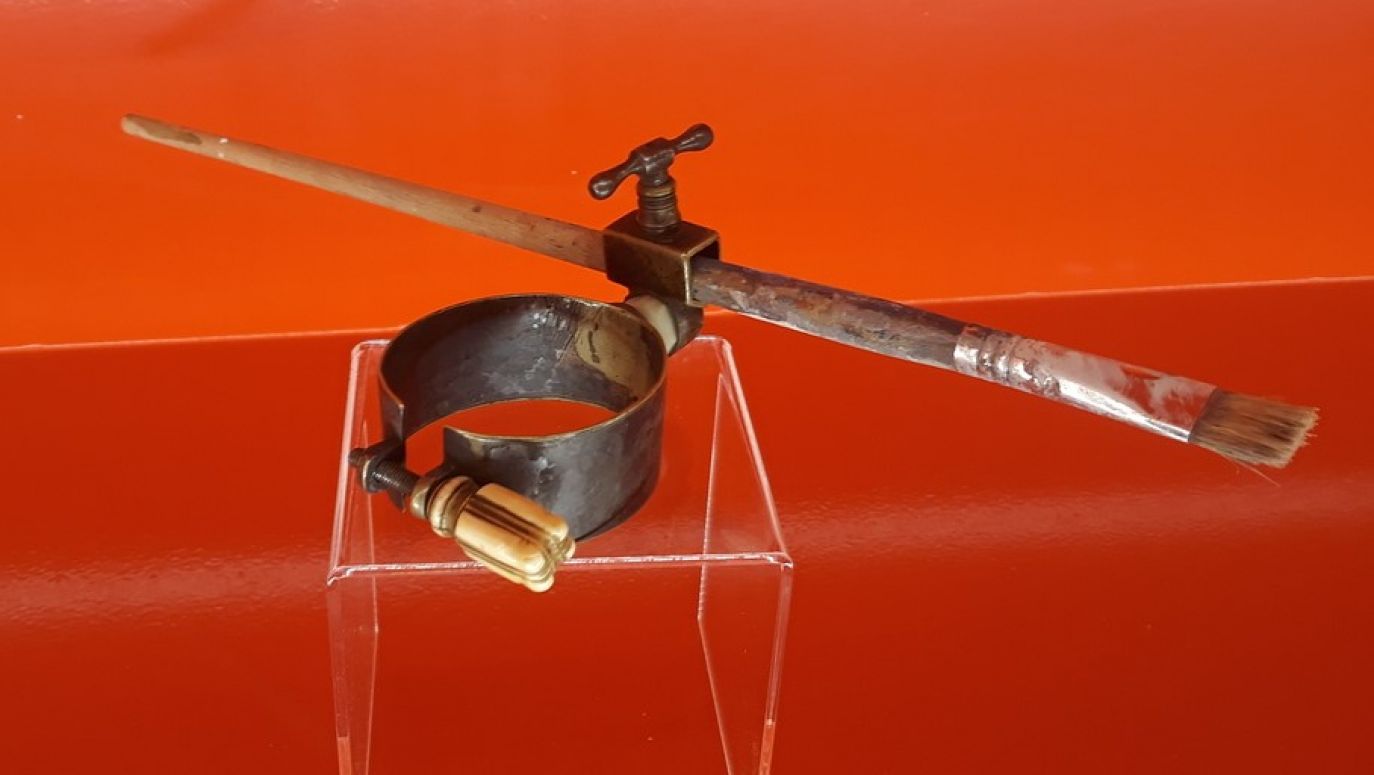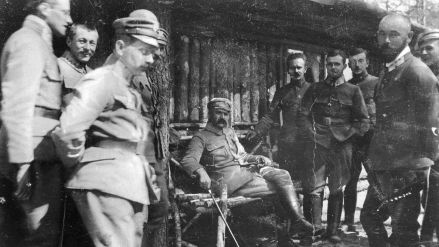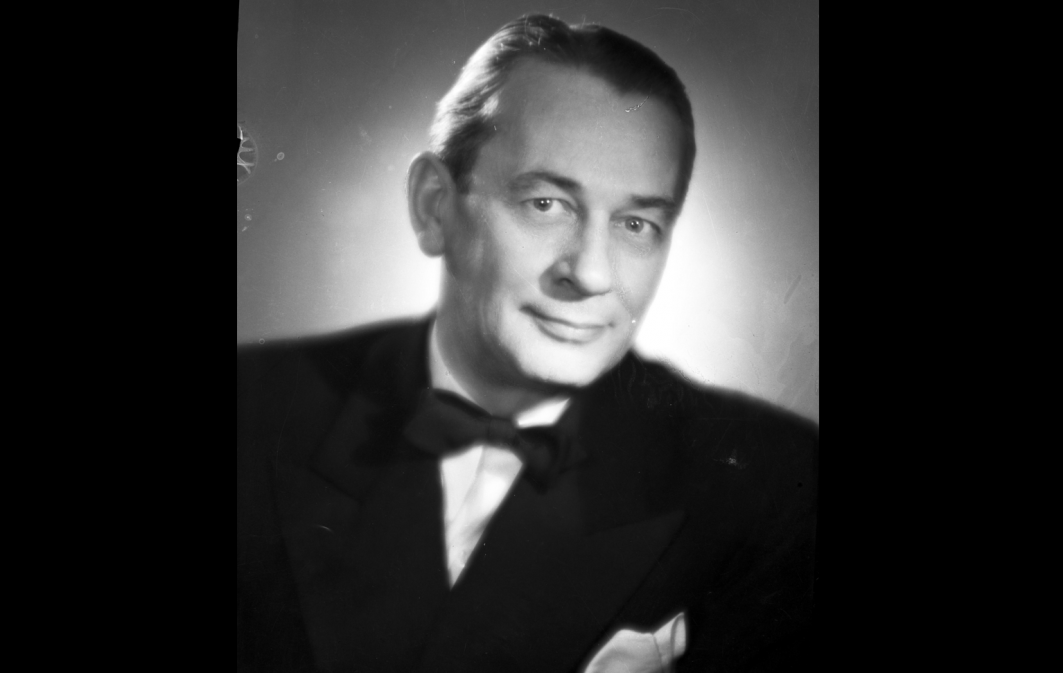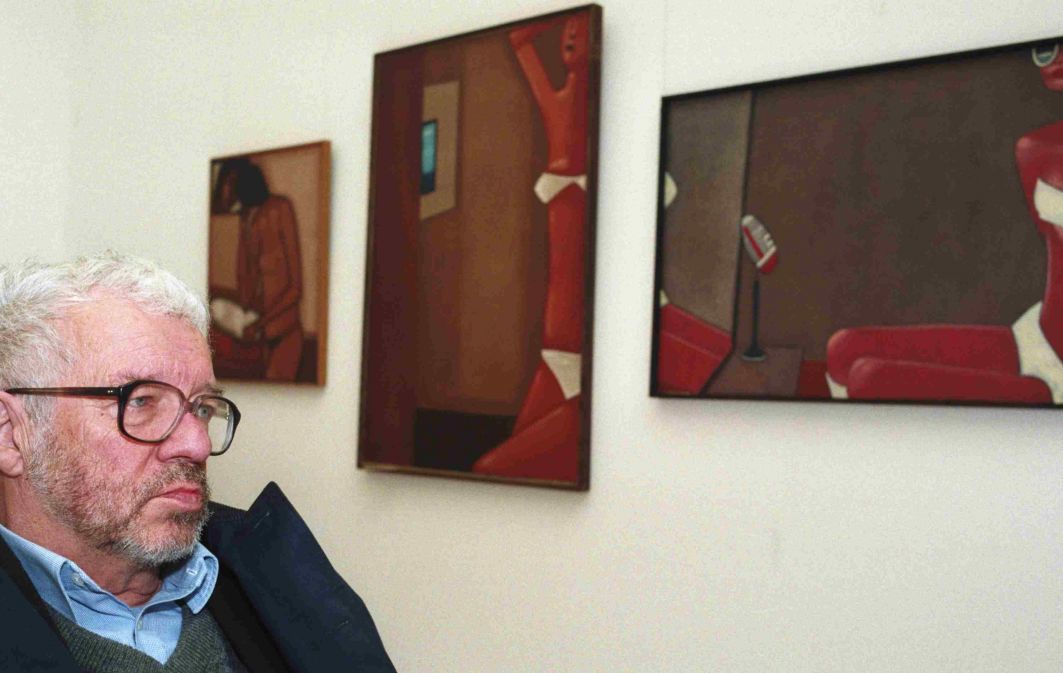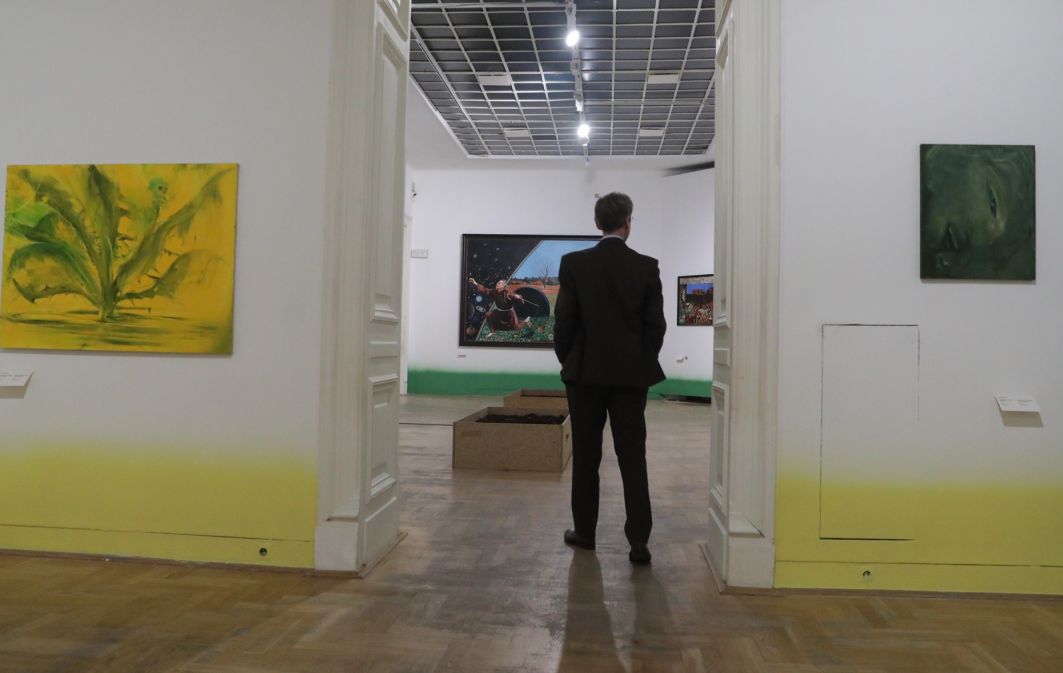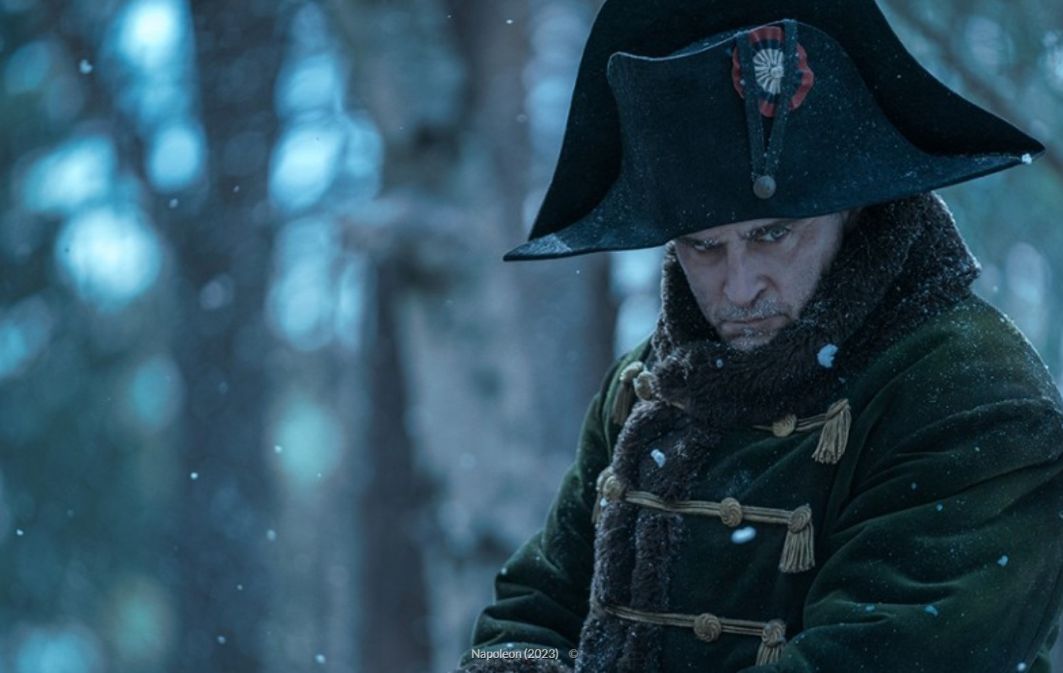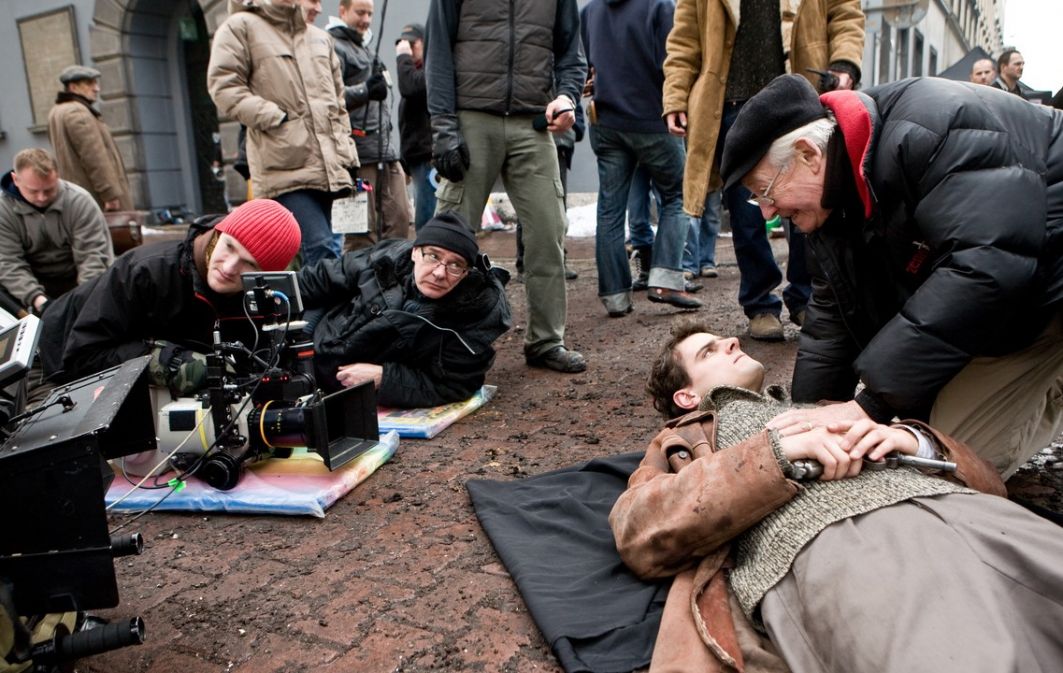Ludomir Benedyktowicz (1844-1926), a 1863 January Uprising insurgent with a biography that was repeatedly 'filmed', did not, however, escape the insurgent fate. When he returned to Poland ten years after the uprising and after studying at the Academy of Fine Arts in Munich, he was recognised by an informer in Brok on the River Bug, arrested and imprisoned in the Warsaw Citadel.
- And it was there that the drawing 'Girl with a conch' was created, because he observed the model as a prisoner, looking at the same view outside the window for many months," says Katarzyna Haber, curator of the exhibition at Warsaw's Kordegarda gallery, where we can admire this unusual picture. Drawn with a pen, it still delights us today with its precision in showing the movement of the hand, the focus on the face, the cut of the corset.
Katarzyna Haber makes no secret of her fascination with the artist and his work. She is also delighted to show the "Interior of a forest with an old oak tree" - a thicket of trees which, when you look at it, you can just feel the touch of the leaves. But it is impossible to understand how the artist was able to draw like this without a pencil or pen in his fingers, but in some kind of metal hoop attached to the stump of his hand.
"With each drawing or painting, he shows that everything is in the head, and not in a severed hand or amputated leg," emphasises Katarzyna Haber. As the curator adds, his presence at this exhibition has an additional meaning: it can be a great support for all those people whose various physical limitations do not allow them to use their talents, fulfil their dreams and ambitions.
 SIGN UP TO OUR PAGE
SIGN UP TO OUR PAGE

"Benedyktowicz had wanted to be a painter since childhood, but his father wanted him to become a forester because he was one himself. And, as was the case in those days, after high school the boy landed a job at the Forest Practices Institute in Feliksów near Brok on the Bug river, as it was a real forestry academy then," recounts Katarzyna Haber. "From there he knew the forest very well and could be a great guide for the insurgents, whom he immediately joined. And when he lost both hands, he could not really become a forester any more, but he could finally become a painter.
In order not to expose him to persecution, it was announced that he had died in a skirmish with Cossacks near Kaczków, and a grave was made, which still exists today. Hidden from tsarist spies, cured and given a little training at the Warsaw school of Wojciech Gerson, he left - probably on forged papers - for Munich. He took the examination at the Academy of Fine Arts there in a specially tailored long-sleeved cape to cover up his lack of hands. However, when it came to the announcement of the admission list, one of the professors wanted to shake hands with such an excellent candidate as he saw in Benedyktowicz. The latter then had to admit that he could not shake hands because he did not have one.
A scene like from the blockbuster movie. And maybe one day such a film will be made.
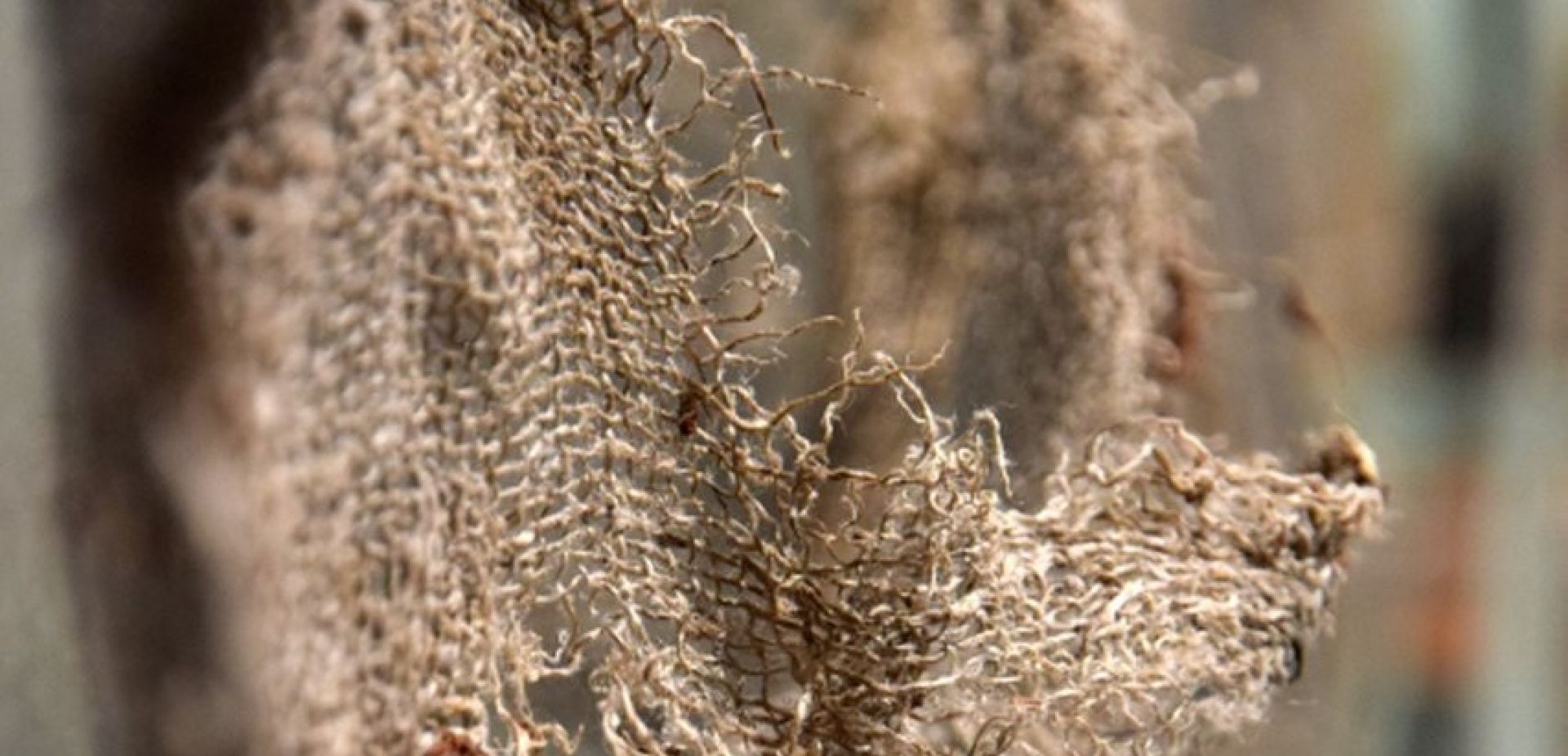
 SIGN UP TO OUR PAGE
SIGN UP TO OUR PAGE
 "Benedyktowicz had wanted to be a painter since childhood, but his father wanted him to become a forester because he was one himself. And, as was the case in those days, after high school the boy landed a job at the Forest Practices Institute in Feliksów near Brok on the Bug river, as it was a real forestry academy then," recounts Katarzyna Haber. "From there he knew the forest very well and could be a great guide for the insurgents, whom he immediately joined. And when he lost both hands, he could not really become a forester any more, but he could finally become a painter.
"Benedyktowicz had wanted to be a painter since childhood, but his father wanted him to become a forester because he was one himself. And, as was the case in those days, after high school the boy landed a job at the Forest Practices Institute in Feliksów near Brok on the Bug river, as it was a real forestry academy then," recounts Katarzyna Haber. "From there he knew the forest very well and could be a great guide for the insurgents, whom he immediately joined. And when he lost both hands, he could not really become a forester any more, but he could finally become a painter. 